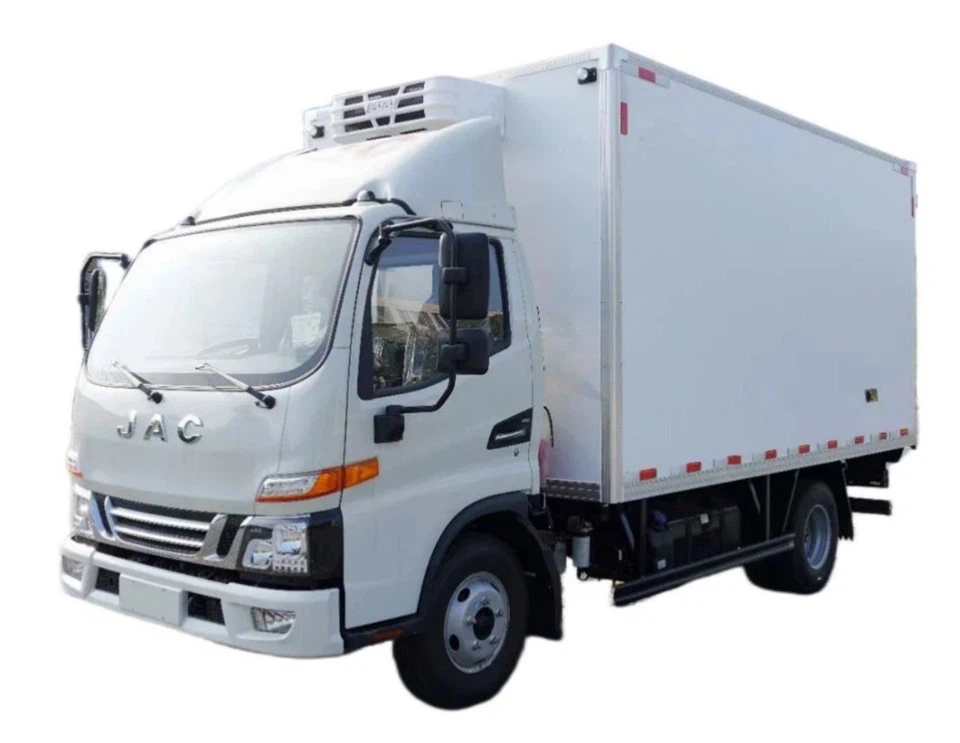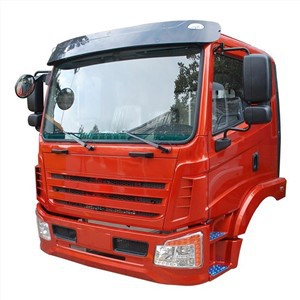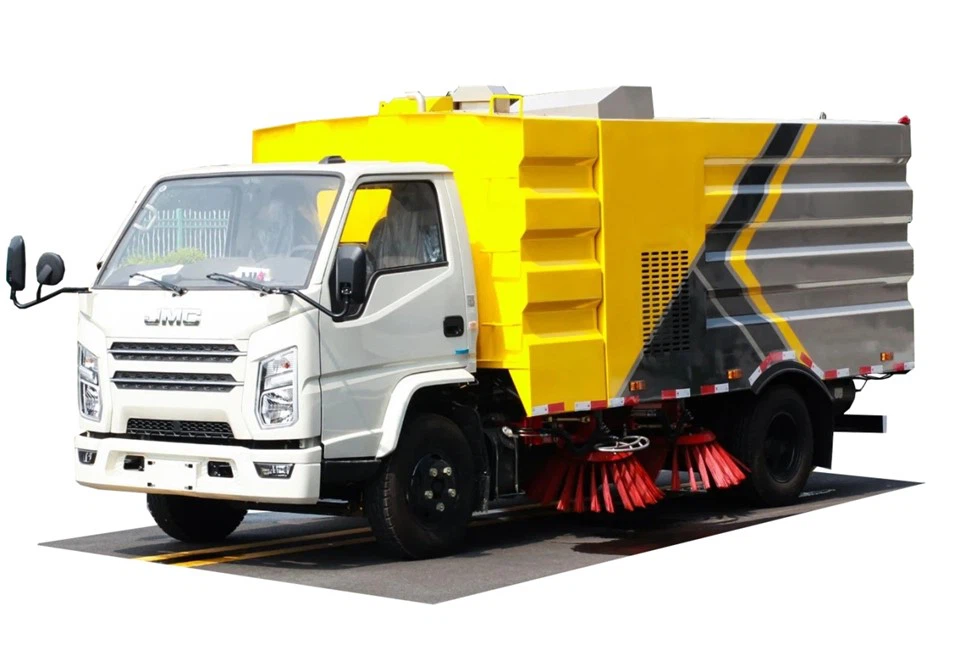Inside of a Tanker Truck: Understanding Its Structure and Function

Tanker trucks are an essential component of the transportation industry, responsible for moving liquids ranging from fuel to food products. Understanding the inside of a tanker truck helps demystify how these vehicles operate, the materials they carry, safety measures in place, and much more. In this article, we’ll delve deep into the world of tanker trucks, covering everything from their design to their operational procedures.
1. What is a Tanker Truck?
A tanker truck is a specialized vehicle designed to transport liquids. They come in various sizes and designs to accommodate different types of liquids, including chemicals, water, and petroleum products. The structure of a tanker truck is built to ensure the safe and efficient transport of these fluids while also considering regulatory requirements.
1.1 Types of Tanker Trucks
Different tanker trucks serve various industries. Here are some common types:
- Fuel Tankers: Designed for transporting petroleum products.
- Chemical Tankers: Built to carry hazardous and non-hazardous chemicals.
- Food-Grade Tankers: Used for transporting food products like milk and juice.
- Water Tankers: Designed for carrying potable or non-potable water.
2. The Structure of a Tanker Truck
The inside of a tanker truck is designed to maximize safety, efficiency, and functionality. Let’s explore the crucial components that make up a typical tanker truck.
2.1 Tank Body
The tank body is the cylindrical structure that holds the liquid cargo. It is typically made of aluminum or stainless steel due to their resistance to corrosion and ability to withstand high pressure. The design often includes:
- Insulation: Used for temperature-sensitive liquids.
- Baffles: Internal dividers that prevent liquid surge and provide stability.
- Manholes: Access points for loading and unloading cargo.
2.2 Pumping System
The pumping system is essential for loading and offloading the liquids. It usually consists of:
- Positive Displacement Pumps: Common in fuel tankers for their efficiency.
- Centrifugal Pumps: Often used for water and other low-viscosity liquids.
2.3 Valves and Hoses
Valves control the flow of liquids during loading and unloading. Hoses, usually made of rubber or compatible material, connect the tanker to pipelines at the loading and unloading points.
3. Safety Features of Tanker Trucks
Due to the hazardous nature of many liquids transported, tanker trucks are equipped with various safety features:
3.1 Emergency Shut-off Valves
Configured to stop the flow of liquid in case of a leak or rupture, these valves serve as a critical safety mechanism.
3.2 Vapor Recovery Systems
To minimize air pollution and loss of product, vapor recovery systems capture vapors released during loading and unloading.
3.3 Anti-surge Baffles
Baffles inside the tank prevent liquid from surging back and forth, maintaining stability and reducing tipping risks during transit.
4. How to Safely Operate a Tanker Truck
Operating a tanker truck requires specialized training and adherence to safety protocols. Here are some practical tips for safe operation:
4.1 Pre-Trip Inspections
Always perform a thorough inspection before hitting the road. Check for:
- Tank integrity
- Seals and valves for leaks
- Condition of hoses and fittings
4.2 Loading and Unloading Procedures

Follow standard operating procedures during loading and unloading to reduce risks:
- Ensure that the area is clear of bystanders.
- Use proper PPE (Personal Protective Equipment).
- Monitor flow rates and pressure levels carefully.
4.3 Emergency Response Plan
Have a plan in place for emergencies, including spill containment and evacuation procedures.
5. The Importance of Training for Tanker Truck Drivers
Training is essential for drivers of tanker trucks, as they must understand the hazards associated with the liquids they transport. Training programs often include:
- Hazardous Materials Handling
- Emergency Procedures
- Vehicle Operation and Maintenance
6. Environmental Considerations

Tanker trucks significantly impact the environment, especially when transporting hazardous materials. Companies must implement measures to minimize this impact:
6.1 Spill Prevention
Companies should create a robust spill prevention plan, including regular safety checks and maintenance.

6.2 Eco-Friendly Tanker Options
Consider alternatives such as electric or hybrid tanker trucks to reduce carbon emissions.
7. Common Challenges Faced by Tanker Truck Operators
Though crucial, operating tanker trucks comes with its own set of challenges:
7.1 Road Conditions
Potholes and uneven surfaces can affect the handling of tankers, especially when carrying liquids.
7.2 Weight Regulations
Adhering to weight regulations is critical to avoid fines and ensure road safety.
8. Innovations in Tanker Truck Technology
The trucking industry is constantly evolving. Here are some innovations enhancing tanker truck efficiency and safety:
8.1 Telematics
Advanced telematics systems help monitor the tanker’s performance and track its location in real time, improving logistics and safety.
8.2 Smart Valves
Smart valves can automatically regulate flow rates, improving safety during loading and unloading.
9. Practical Examples of Tanker Truck Applications
Tanker trucks are used across various sectors, leading to practical applications that showcase their versatility:
9.1 Fuel Deliveries to Convenience Stores
Tanker trucks transport gasoline and diesel fuel to gas stations, ensuring that vehicles can refuel.
9.2 Food and Beverage Distribution
Tankers with food-grade certification transport milk from farms to processing plants, ensuring freshness and safety.
10. The Future of Tanker Trucks
As the demand for liquid transporting grows, the future of tanker trucks looks promising. Sustainable practices and advancements in technology are leading the way towards safer and more efficient operations.
FAQ Section
What are the most common liquids transported in tanker trucks?
The most common liquids include gasoline, diesel, chemicals, and food products such as milk and juices.
How often should tanker trucks be inspected?
Tanker trucks should undergo inspections before each trip and regular maintenance checks according to industry standards.
Are there weight restrictions for tanker trucks?
Yes, tanker trucks must adhere to specific weight restrictions that vary by state or jurisdiction to ensure road safety.
What safety equipment is recommended for tanker truck drivers?
Safety equipment includes high-visibility clothing, gloves, helmets, and protective eyewear, depending on the materials transported.
Can tanker trucks transport hazardous materials?
Yes, specialized tanker trucks are designed to transport hazardous materials while adhering to strict safety regulations.
What are some environmental regulations for tanker trucks?
Regulations often include spill prevention measures, air quality standards, and restrictions on emissions and waste disposal.
Understanding the inside of a tanker truck is vital for anyone involved in the transportation of liquids. By being aware of their structure, operation, safety measures, and innovations, stakeholders can ensure efficient and safe logistics in this critical industry.
